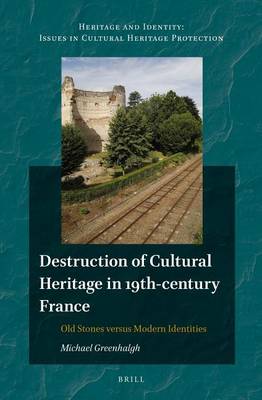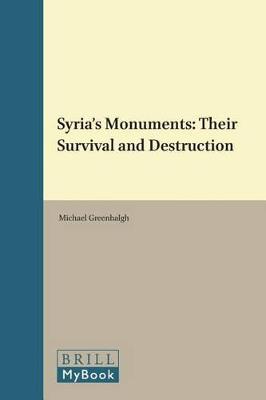Heritage and Identity
2 primary works • 3 total works
Book 4
Destruction of Cultural Heritage in 19th-Century France
by Michael Greenhalgh
Published 24 August 2015
Destruction of Cultural Heritage in 19th Century France examines the fate of the building stock and prominent ruins of France (especially Roman survivals) in the 19th century, supported by contemporary documentation and archives, largely provided through the publications of scholarly societies. The book describes the enormous extent of the destruction of monuments, providing an antidote to the triumphalism and concomitant amnesia which in modern scholarship routinely present the 19th century as one of concern for the past. It charts the modernising impulse over several centuries, detailing the archaeological discoveries made (and usually destroyed) as walls were pulled down and town interiors re-planned, plus the brutal impact on landscape and antiquities as railways were laid out. Heritage was largely scorned, and identity found in modernity, not the past.
Book 5
Syria's Monuments: their Survival and Destruction examines the fate of the various monuments in Syria (including present-day Lebanon, Jordan and Palestine/Israel) from Late Antiquity to the fall of the Ottoman Empire in the early 20th century. It examines travellers' accounts, mainly from the 17th to 19th centuries, which describe religious buildings and housing in numbers and quality unknown elsewhere. The book charts the reasons why monuments lived or died, varying from earthquakes and desertification to neglect and re-use, and sets the political and social context for the Empire's transformation toward a modern state, provoked by Western trade and example. An epilogue assesses the impact of the recent civil war on the state of the monuments, and strategies for their resurrection, with plentiful references and web links.


